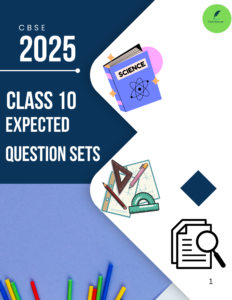Virtual Tours: Use tools like Google Earth or virtual reality to create immersive tours of historical sites. Allow viewers to explore different locations and learn about their historical significance.
Timeline Interactivity: Create interactive timelines using tools like Timeline JS or Prezi. Include images, videos, and clickable events that provide more information when selected.
Role-Playing Scenarios: Set up role-playing scenarios where participants take on roles of historical figures and make decisions that shaped history. Use platforms like Zoom or Discord for group discussions.
Interactive Quizzes: Incorporate quizzes or polls throughout the presentation to test knowledge and encourage participation. Tools like Kahoot or Mentimeter can be used for real-time interaction.
Augmented Reality (AR): Use AR apps to overlay historical images or objects onto the real world. This can bring artifacts to life and provide a more immersive experience.
Digital Storytelling: Encourage participants to create and share their own digital stories related to historical events or figures. Platforms like StoryMap JS or Adobe Spark can be used for this purpose.
Interactive Maps: Use interactive maps to show historical routes, battles, or migrations. Viewers can zoom in, click on markers for more information, and explore geographical context.
Live Demonstrations: Perform live demonstrations of historical crafts, techniques, or experiments related to the time period being discussed. This can be done through live streaming platforms.
Virtual Reality (VR): For more advanced setups, create VR experiences where viewers can virtually visit historical sites, interact with artifacts, or participate in historical events.
Discussion Panels: Organize virtual discussion panels with historians, experts, or guest speakers to provide deeper insights and answer questions from the audience.
Digital Archives: Showcase digitized documents, photos, and manuscripts from historical archives. Allow viewers to explore and zoom in on details.
Virtual Museums: Create virtual museum tours where viewers can navigate through different exhibits, click on artifacts for more information, and learn about their historical context.
Interactive Storytelling: Develop branching narratives where viewers make choices that affect the outcome of historical events or the lives of historical figures.
Simulations and Games: Design historical simulations or interactive games that recreate historical scenarios. Participants can make decisions and see the consequences unfold.
Virtual Field Trips: Collaborate with historical sites or museums to offer virtual field trips. Include guided tours, interactive activities, and live Q&A sessions with guides.
Digital Artifacts Collection: Curate a collection of digital artifacts related to a specific historical theme or time period. Allow viewers to browse, search, and explore these artifacts interactively.
Historical Debates: Organize virtual debates where participants argue different perspectives on historical events or controversies. Viewers can vote on the most convincing arguments.
Historical Reenactments: Create multimedia reenactments of historical events using actors, voiceovers, and visual effects. Viewers can interact with the reenactments through clickable elements.
Augmented Reality Exhibits: Develop AR exhibits where historical artifacts or scenes are overlaid onto the viewer’s surroundings using AR apps or devices.
Interactive Lectures: Break up traditional lectures with interactive elements like polls, quizzes, and discussion prompts. Use platforms that support real-time audience interaction and feedback.
Time Capsule Projects: Encourage participants to create digital time capsules containing artifacts, letters, and reflections related to a specific historical era or event.
Virtual Reality Tours: Offer fully immersive VR tours of historical sites, allowing viewers to walk through recreated environments and interact with virtual objects.
Historical Data Visualizations: Use interactive charts, graphs, and maps to visualize historical data trends, demographics, or economic changes over time.
Escape Room Challenges: Design virtual escape room challenges themed around historical mysteries or events. Participants solve puzzles and uncover clues to progress through the story.
Historical Music and Performances: Include live or recorded performances of historical music, speeches, or theater that transport viewers back in time.



